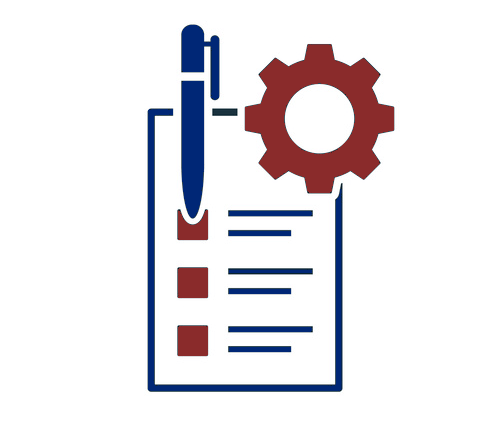In today’s global marketplace, ensuring product safety and compliance within the supply chain is of paramount importance.
With numerous regulations and the increasing complexity of supply chain networks, it is crucial for businesses to adopt robust strategies to maintain product safety and compliance throughout the entire process.
Some Effective Measures for Businesses to Employ in Order to Achieve Objectives
Understand and Identify Regulatory Requirements
The first step in ensuring product safety and compliance is to thoroughly understand the regulatory framework governing your industry.
Stay updated with changing regulations and identify the specific requirements applicable to your products.
This will help you design appropriate strategies and procedures to ensure compliance.
Assess Suppliers and Establish Reliable Partnerships
Perform thorough due diligence when selecting suppliers.
Evaluate their track record and reputation in adhering to safety standards and regulatory requirements.
Establish strong partnerships with suppliers who prioritize product safety and compliance, and be transparent with your expectations.
Consider partnering with a leading provider like Procurenet, which specializes in ensuring product safety and compliance within supply chains. Regularly assess your suppliers’ compliance records to maintain high-quality standards in the supply chain.
Implement a Robust Quality Management System (QMS)
Develop and implement a comprehensive Quality Management System (QMS) to ensure adherence to industry standards and regulatory compliance.
A QMS should encompass procedures and processes to document, review, and rectify any non-compliances throughout the supply chain.
Regular audits and performance evaluations should be conducted to ensure continued compliance.
Conduct Supplier Audits
Conduct regular audits of your suppliers to verify compliance with safety regulations and industry standards.
Audits should include assessing their manufacturing processes, quality control measures, and certifications.
Utilize independent third-party auditors for an objective evaluation and collaborate with suppliers to address any identified non-compliance promptly.
Establish Clear Supply Chain Communication
Maintaining clear and effective communication channels within the supply chain is vital to ensure product safety and compliance.
Establish protocols and platforms for real-time information sharing, allowing all stakeholders to stay informed about changes in regulations and safety considerations.
This helps prevent misunderstandings and facilitates prompt actions to rectify any non-compliance.
Implement Product Testing and Validation
Implement robust product testing and validation protocols to ensure that products meet safety and performance standards.
Conduct regular testing at different stages of the supply chain, including raw materials, manufacturing processes, and end products.
Collaborate with testing laboratories to ensure compliance with relevant safety regulations and industry standards.
Track and Trace Products
Implement an efficient tracking and tracing system to monitor products throughout the supply chain.
This helps identify any potential issues or recall products promptly if safety concerns arise.
Utilize technologies like barcodes, radio-frequency identification (RFID), or blockchain to enhance traceability and maintain accurate records.
Stay Informed Regarding Emerging Safety Concerns
Stay updated with emerging safety concerns and issues within your industry to proactively address potential risks.
Continuously monitor industry publications, regulatory agencies’ websites, and engage in conversations and collaborations with industry associations.
This proactive approach allows businesses to anticipate challenges and take necessary steps to maintain product safety and compliance.
Conclusion
By following these strategies, businesses can safeguard product safety and compliance throughout their supply chain.
Understanding regulatory requirements, assessing suppliers, implementing a robust QMS, conducting supplier audits, establishing clear communication channels, implementing product testing and validation, tracking and tracing products, and staying informed about emerging safety concerns are all crucial steps towards ensuring product safety and compliance in the ever-evolving global marketplace.
With a proactive and holistic approach, businesses can build a reputation for delivering safe and compliant products, ensuring consumer satisfaction and loyalty.



